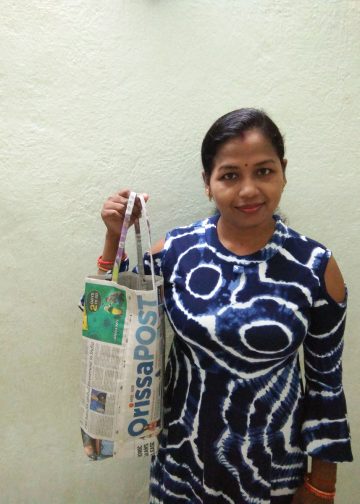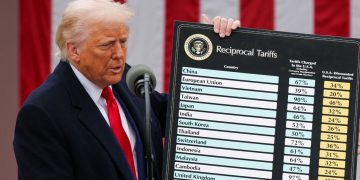New Delhi: As Chinese smartphone vendors decimated the Indian players like Micromax, Intex, Lava and Karbonn (famously known as MILK brands) and fully captured the market, homegrown consumer technology brands were desperate to find some breathing space. Now, Indian audio and wearable players led by boAt and Noise have proved they can outsmart Chinese giants with their cutting-edge, affordable products.
The secret sauce behind the success of homegrown audio and wearable brands like BoAt, Noise and Fire-boltt has been a healthy mix of product, price, placement and promotion.
According to the International Data Corporation (IDC), among the top five wearable brands, three spots are currently captured by Indian brands.
Homegrown Noise continues to be the leading player in the overall watch category for five straight quarters with a 28.6 per cent share in the second quarter this year, closely followed by BoAt with a 26.9 per cent share. Fire-boltt, another homegrown brand, has entered at fourth position in just three quarters of starting its business in this category, the IDC data shows.
Can the new-age Indian consumer tech brands continue their dream run?
Aman Gupta, Co-founder of boAt, told IANS that boAt was born online and the marketing primarily revolves around the same.
“Affordable Internet, as well as wide availability of smartphones, has forced brands to shift from traditional marketing to digital marketing and we are proud to be the disruptors in this wave,” Gupta said.
“Being a leader in the audio wearable industry, our audio products are rugged and equipped with a bass heavy sound to give a euphoric audio experience. Not only do we focus on quality products, we ensure that our ‘boAtheads’ don’t have to burn a hole in their pocket to join our tribe,” he elaborated.
The pandemic and constant lockdowns have heavily contributed to an increase in online transactions and the rise of direct-to-consumer (D2C) brands.
According to Jaipal Singh, Research Manager, Client Devices, IDC India, there is a fair advantage that India-based vendors hold over China-based players in terms of product offerings at the right price points.
“These homegrown brands not only understood the gaps in the market but also created new growth opportunities that are helping them to migrate a large user base of traditional devices to these new form factors,” Singh noted.
He added that the current commanding share is not sustainable as the tremendous growth is attracting brands across the device’s spectrum.
“However, the current market has opportunities for everyone to grow further, at least for two years, and China-based vendors need to develop an advantage over technology and product offerings. But clearly, it seems they are lagging much behind,” Singh said.
As India enters the festive season, vendors and channel partners are gearing up for record levels of demand with the intention of further corrections in the prices.
According to Gaurav Khatri, Co-founder at Noise, they are India’s first homegrown brand to lead the wearable watch category for five consecutive quarters.
“We are continuously expanding our horizons to come closer to the customers. Our partnership to intensify our retail presence with Vijay Sales and Reliance Digital is a testimony to this commitment,” Khatri told IANS.
To offer a holistic fitness and wellness experience, Noise has partnered with SARVA, one of the largest digital yoga-based wellness platforms.
“We have witnessed exponential growth in the past 30 months and are thriving to sustain the momentum. We are committed to offering innovative products and soon will be launching some of the industry-first gadgets in TWS and smartwatches categories,” Khatri informed.
Noise is also focusing on expanding its offline footprint to be present at the nearest retail outlet and easily accessible to the customers.
According to Anisha Dumbre, Market Analyst, Client Devices, IDC India, the new generation of homegrown brands are digitally native and are aware of their limitations.
“However, they need to be watchful of the China-based brands, who going forward will be aggressive by introducing more sub-brands and leveraging the ecosystem play,” Dumbre said.
IANS





































